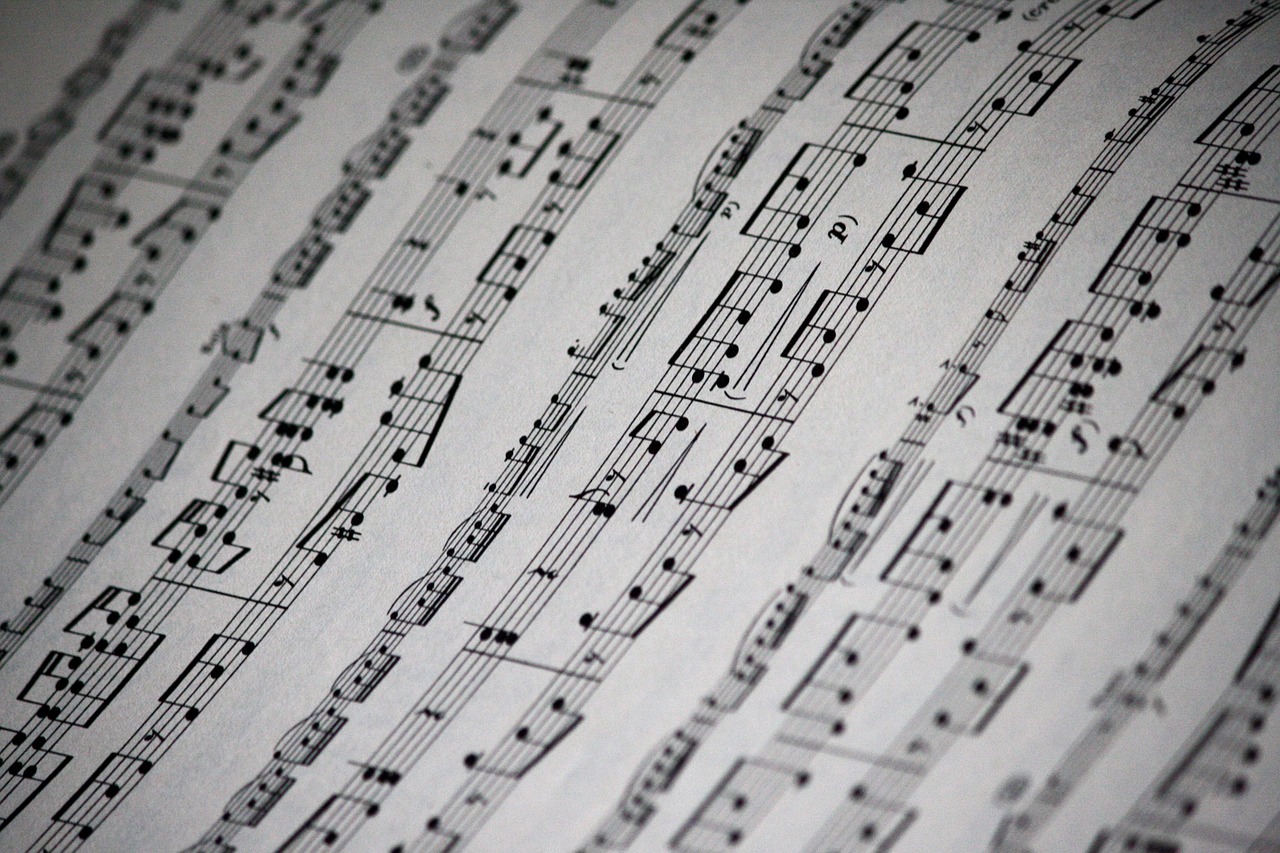
3 Tips for Selecting Concert Music for Your Orchestra
Choosing concert repertoire can be exciting, fun, and also, a challenge due to the number of arrangements and pieces to choose from. Programming music for our students takes careful consideration. After all, performances are where our students skills, musicality, and growth are on display. Selecting the most appropriate music for student success is paramount.
Admittedly, there have been years where my concert programs have been stronger than others. Years where I made the mistake of selecting music that was too difficult, where I intended to challenge my students, but ended up frustrating them (and myself) in the process.
Choosing music that reinforces musical concepts, is achievable for our students, and they will be able to make music with is so important when considering what music to choose. From my mistakes I’ve learned and grown as a teacher and orchestra director.
In this post, we will discuss some considerations to keep in mind when developing a concert program and how to choose appropriate music for your ensemble.
What Do You Want Your Students To Learn?
When selecting music, it seems obvious, but one of the biggest considerations is what do we want our students to learn or be able to do through the music? The focus of teaching concert music should be on helping students to perform together as an ensemble to create a beautiful, cohesive group sound. One pitfall, as I mentioned earlier, is music where we are stuck focusing too much on notes and rhythms that we are unable to get to the expressive side of music making, the ensemble side. Pieces where it is difficult to move past the notes and rhythms likely indicates the music is too difficult.
While we definitely want to challenge our students, these challenges should be skill level appropriate. Consider that concert music should mostly be an application of what students already know. Instruction in fundamentals such as notes, rhythms, intonation, articulation, and tone should be taught alongside working on concert music through bowing studies, technical studies, chorales, etudes, and method material. Therefore, students will have the skills necessary to bring the concert music to life. The goal of working on concert music is for the students to apply their musical knowledge and skills to perform music together as a group and focus on ensemble skills such as balance, blend, dynamics, pulse, and so on.
Selecting Music and Grade Level
The grade level of a piece serves as a guide to help us make the most appropriate decisions about selecting music. As educators, we know our students best. We know their strengths and weaknesses and we know what skills we want our students to learn through studying a piece.
Carefully select pieces that fit your students and where they are in their musical journey. Consider the technical demands of a piece and whether they are within reach of your students or something that will hinder them from making music together.
When selecting music I like to choose two or three pieces that the students can really dig into fairly easily, we can make music with, and focus on the ensemble skills highlighted earlier. I will then usually select a fourth piece that is more difficult, or what I consider a “reach” piece, that will require more time and skills acquisition in order to master.
I’ve learned the hard way by programming pieces that were too difficult that it’s always best to err on the side of “easy” than struggle along with a piece that requires too much skills acquisition, emphasis on notes, and difficult rhythms. Selecting “easier” pieces allows you and your ensemble to get to the heart of music. Selecting music that is too far above students and their skill set may leave both you and your students frustrated.
Selecting Music and Student Engagement
Being aware of what styles or periods of music your students engage in most is very important when selecting music. Selecting music that students connect with will bring the strongest performances. Ultimately, selecting music is based off each teacher’s expertise. Students, I have found, tend to enjoy many styles of music, when they are able to play them well!
If you aren’t sure where to start, talking with fellow educators about what pieces their students have enjoyed playing is always beneficial for gaining insight into student engagement. Similarly, many online community groups exist, particularly on social media platforms, where educators often share repertoire their students have connected with. Most music publishers and distributors include samples of scores with audio for educators to review.
Conclusion
Selecting concert music is one of the most important aspects of our jobs as music educators. Picking music that will allow us to get to the crux of music making and provide our students with the chance to have meaningful musical experiences is what we all desire for our students.
What other aspects do you consider when selecting new music?